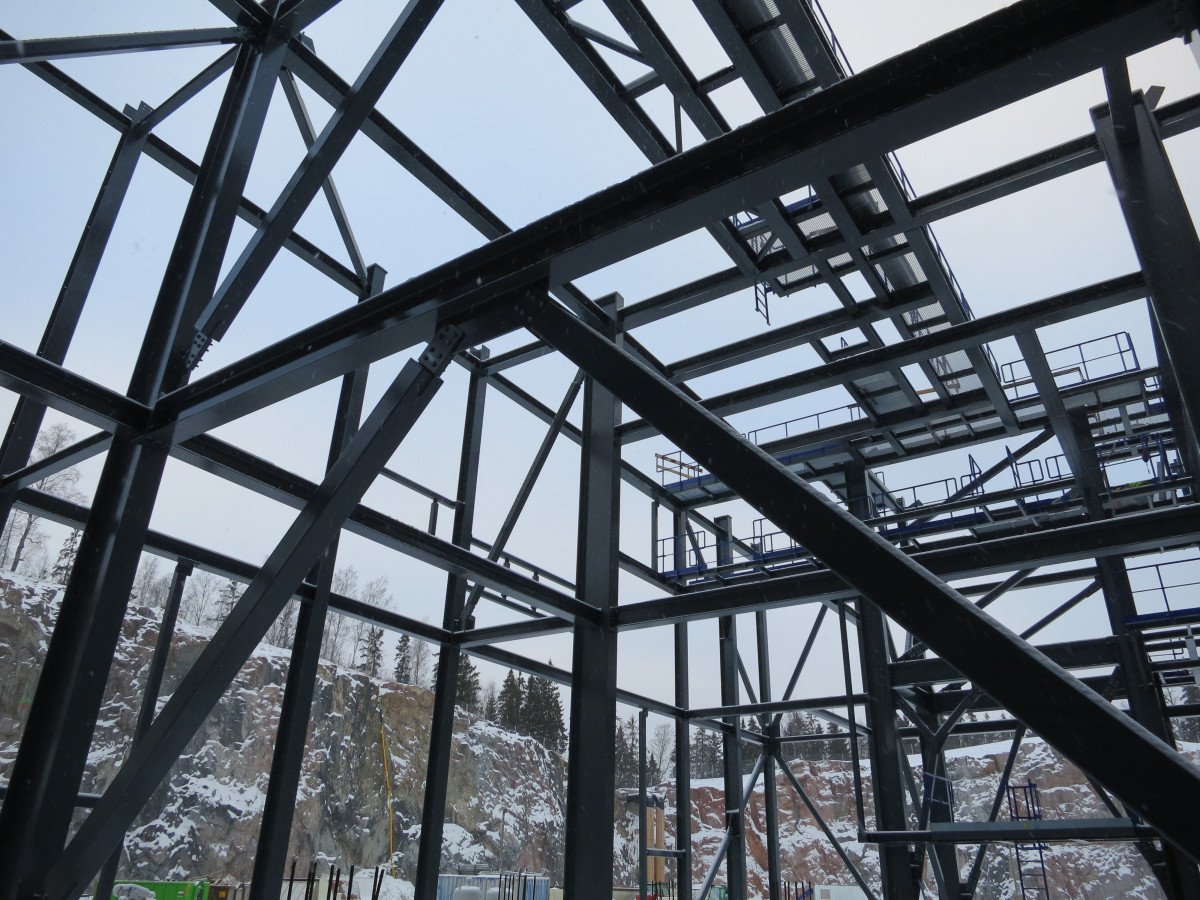The Marquee Club An Iconic Venue in the History of Music
Situated in the core of London’s vibrant music scene, The Marquee Club stands as a symbol of rock and roll history. From the time of its founding in the final 1950s, this renowned venue has hosted a noteworthy lineup of famous acts, serving as a launchpad for countless careers. Its walls have reverberated with the music of some of the finest musicians of all time, making it a crucial part of the UK’s musical landscape.
From the exciting performances of The Rolling Stones and The Who to the emergent energy of David Bowie and Jimi Hendrix, The Marquee Club has been at the cutting edge of musical innovation. Each night at the club was an chance for fans to experience the birth of new sounds and styles, shaping memories that would endure a lifetime. Even as the music industry has changed, the legacy of The Marquee Club survives, inviting us of a time when live music united people together in memorable ways.
History of the Marquee Venue
The Marquee Venue was established in the year 1958 in the Soho area and quickly became a cornerstone of the UK music scene. At first, it operated as a venue for jazz, hosting a range of artists who would go on to shape the genre. As time went on, as musical tastes evolved, สล็อตเว็บตรง The Marquee began to welcome rock and pop bands, evolving into a launchpad for some of the most prominent acts of the 60s and beyond.
During the 60s, The Marquee Club was at the vanguard of the British rock explosion. Legendary bands such as The Rolling Stones, The Who, Led Zeppelin, and David Bowie played on its stage, helping to cement the venue’s status as a can’t-miss for music lovers. The intimate setting allowed fans to experience live music in an intimate setting, creating an charged atmosphere that many still remember today.
With the passing of the decades, The Marquee Club remained to adapt while keeping its status as a prestigious venue. It enlarged its lineup to include the punk genre, new wave, and multiple other genres, highlighting emerging talent and established artists alike. In spite of its closure in the 1990s, the legacy of The Marquee Club lives on, remembered as a key part of music history that supported countless musicians and left an indelible mark on the music world.
Iconic Performances
The club has been a platform for a myriad of legendary artists throughout its history, becoming identifiable with groundbreaking performances. One of the most memorable nights took place in the decade of the 60s when The Rolling Stones took to the stage, captivating a audience that would soon become enamored with their vibrant energy and distinct sound. This performance not only solidified their standing as rock icons but also aided the Marquee Club achieve recognition as a essential venue for music enthusiasts.
Another remarkable moment occurred when Jimi Hendrix made his British debut at The Marquee in ’66. His stunning performance amazed audiences and left a profound impression on the music scene. Hendrix’s innovative guitar techniques combined with a captivating stage presence created an atmosphere that perfectly captured the spirit of the counterculture of the 60s. This night at the Marquee Club is often remembered as a significant moment in rock history, highlighting the venue’s role in supporting iconic talent.
The emergence of the punk movement in the seventies brought another wave of iconic performances to The Marquee Club. Bands like The Sex Pistols and Clash delivered epic shows that struck a chord with a generation seeking rebellion. These performances were not just concerts; they were manifestos of a transformative time in music, allowing The Marquee to maintain its status as a crucible for artistic expression and cultural revolution. Each of these noteworthy nights contributed to the club’s legacy, ensuring its standing in the annals of music history.
Heritage and Impact and Influence
The legendary club stands as a keystone of musical heritage, shaping countless musicians and genres throughout its notable run. Opening its doors in the 1960s, it quickly became a launching pad for up-and-coming talent, including legendary bands such as The Rolling Stones. This small venue not only showcased the raw energy of rock, blues, and other genres but also served as a engaging stage for creativity, shaping the landscape of contemporary music.
The club fostered a dynamic community of performers and enthusiasts, creating an setting of collaboration and artistry. Many memorable performances that took place within its confines became the stuff of of myth, inspiring future generations of artists. The Marquee Club’s dedication to providing a stage for both well-known and new acts solidified its standing as a crucial nurturing ground for innovative sounds and styles.
Even after its shuttering, the heritage of The Marquee Club endures. It continues to be honored in music documentaries, literature, and ceremonies that celebrate the venue’s substantial impact on the music landscape. The spirit of creativity that defined The Marquee Club can still be experienced today, reminding us of its critical role in influencing the sounds and culture of the rock genre as we know it.

